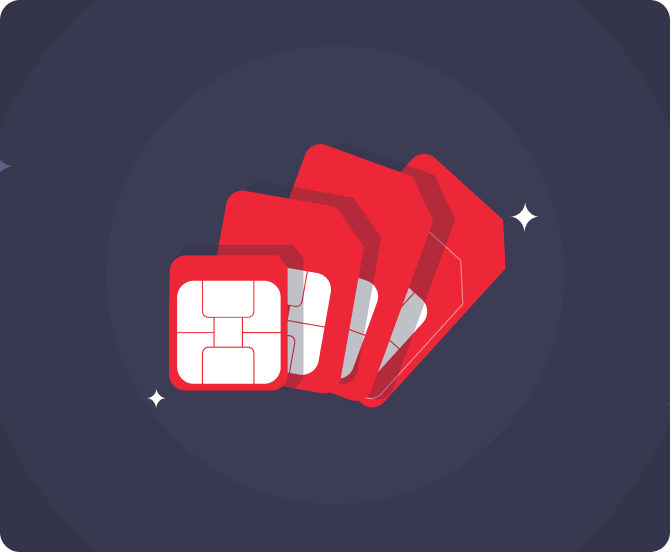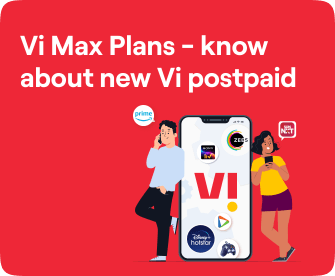Quick Bytes
What is One Time Password or OTP?
Published on: Nov 05, 2025
share via:


If you’ve ever logged into your bank account, made an online purchase, or even tried signing in to an email service, you’ve likely come across an OTP. But what is OTP really? We often see those short numerical codes arrive via SMS or email, and while they might look simple, they carry a huge responsibility of protecting digital identity and transactions.
OTP stands for One-Time Password, and as the name suggests, it is a unique, temporary code that can be used only once for authentication. In this blog, let’s dive into the OTP full form, its characteristics, how it works, and why it’s one of the most important tools for securing your digital life. So, let’s get started!
What is the OTP Full Form and Its Meaning?
First things first: the OTP full form is One-Time Password. This type of password is generated dynamically and has an expiration period, which means you cannot reuse it after a single transaction or login attempt.
Unlike static passwords, which we often reuse across multiple platforms and, more often than not, tend to forget, an OTP is temporary, random, and designed to eliminate the risks associated with stolen or guessed credentials.
So, if you’re wondering, “OTP is what exactly?”, it’s essentially an added layer of security that ensures only you, the rightful user, can access a service or approve a transaction, even if someone else knows your permanent password.
What Makes OTPs So Reliable?
What makes OTPs so reliable for online security? Let’s look at their defining characteristics:
- Single use only: As the name suggests, an OTP is valid for just one transaction or login session. Once used, it becomes invalid immediately.
- Time-sensitive: Most OTPs come with an expiry window, usually ranging from 30 seconds to a few minutes. If you don’t use them in time, they expire automatically.
- Randomness: OTPs are generated through algorithms that ensure randomness, making them almost impossible to predict.
- Channel flexibility: OTPs can be delivered via SMS, email, mobile apps, or even hardware tokens.
- Convenience: Unlike remembering a complex password, OTPs are auto generated and sent directly to you, making them easy to use while still being secure.
These characteristics make OTPs an essential part of digital authentication systems worldwide.
Implementations of OTP
OTPs are everywhere in our daily digital interactions. Some of the most common implementations include:
- Banking and financial services: For approving transactions, changing account details, or logging in from an unknown device.
- E-commerce: To verify payments or confirm cash-on-delivery purchases.
- Email and cloud services: For additional login security, especially when accessing from a new location.
- Government portals: For identity verification, tax filings, and online services.
- Workplace systems: As part of two-factor authentication (2FA) for employees accessing sensitive company information.
This widespread implementation shows just how critical OTPs have become in preventing fraud and unauthorised access.
Security Benefits of OTP
In a world where data breaches and hacking attempts are becoming alarmingly frequent, OTPs act as a protective shield. Here’s how:
- Eliminates password reuse risks: Many people use the same password across multiple accounts. Even if one account is compromised, an OTP prevents hackers from accessing others.
- Prevents phishing attacks: Even if attackers steal your login details, they can’t approve transactions without the OTP.
- Protects financial transactions: OTPs ensure that only the account holder can approve high-value transfers or sensitive changes.
- Low user burden: OTPs don’t require memorisation, reducing the chances of weak passwords.
In short, OTPs add that crucial extra layer of security without complicating the user experience.
How Connectivity Plays a Role in OTP Delivery
All this talk about OTPs brings us to an equally important aspect: connectivity. Imagine trying to complete an urgent bank transfer or online purchase, but your OTP SMS arrives late or doesn’t arrive at all. Frustrating, right? This is where reliable mobile connectivity makes all the difference. At Vi, we understand that seamless OTP delivery depends on strong network coverage, fast internet, and dependable data connections.
The Future of OTP
While OTPs are highly secure today, the digital security landscape keeps evolving. Many organisations are now blending OTPs with biometric authentication (like fingerprints or facial recognition) to further enhance safety. Some are also exploring app-based OTPs, reducing reliance on SMS delivery. Yet, OTPs continue to remain at the core of two-factor authentication, and their adaptability ensures they will keep playing a vital role in the future of online security.
By now, we hope you’ve got a clear understanding of what is OTP and why it has become indispensable in our digital-first world. The OTP full form, One-Time Password, may sound simple, but its ability to safeguard our online accounts and transactions is profound.
From banking to shopping, OTPs shield us from unauthorised access, phishing, and data breaches. At Vi, we believe that while OTPs are essential for security, strong and seamless connectivity is equally crucial to make them effective. Whether you’re receiving your OTP through SMS, email, or an app, our services ensure you stay reliably connected at every step. So, the next time someone asks you, “What is OTP?”, you’ll know it’s much more than just a six-digit number; it’s your digital guardian, working quietly to keep your online world safe.
liked this post? here's what to read next:












